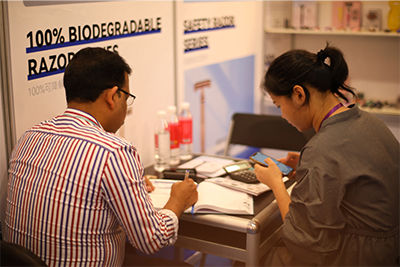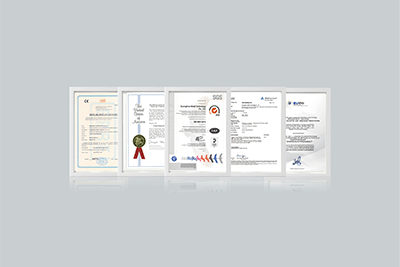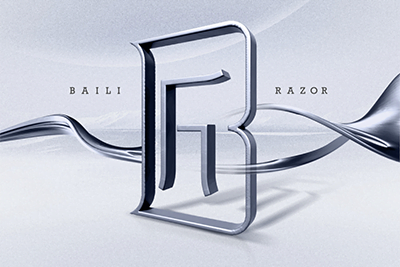When you need blade refills, first look to see if you’re using a double edge safety razor or a multi-layer system razor. Double edge safety razors are equipped with double edge razor blades. The replacement refill of the system razor generally replaces the entire razor head. If you have any questions about choosing a double edge razor blade, please read this blog, it may help you.
Double-sided blades, also known as double edge blades, are razor blades that have two sharp edges on opposite sides. They are commonly used in shaving razors, but can also be used in other cutting tools such as hair removal and utility knives. However, utility knives or hair removal tools generally use single-edged blades, which are mounted on fixed handles to perform work. All these blades are typically made from stainless steel and are known for their sharpness and durability.
The quality of double edge blades mainly depends on coating, sharpness, cutting force, hardness, blade angle and carbon content. Good suppliers have relevant data to verify the good quality of the razor blades.
Do you know the basics of razor blades? Let’s take you through the blades and the machines that we test blade quality.
Razors blades are the sharpest blades in the world and the tip of a razor cutting edge typically measures less than 300 angstroms thick (1/1000 the diameter of human hair).
- Razor edges are so thin and delicate, a gentle touch with fingers may result in a curled edge or general damages to the edge.
- There is limited availability on equipment to measure the sharpness and durability of the edges. The delicate nature of blades require the equipment to be ultraprecise as vibrations from a diesel truck nearby could introduce noise to the test results.
- For our product, we utilise several apparatus to inspect the quality of the blades we use, which includes Keyence optical microscopes, Carl Zeiss Scanning electron microscopes, generic sharpness tester and a CATRA Razor Edge Durability & Sharpness Tester.
- Whilst SEMs and optical microscopes inspects the edge grinding geometry and coating status, the CATRA REDS machine is what we mostly use to conduct on the spot quality check of the blades before and after production.
Of course, this knowledge may be too complicated. In fact, to choose the right blade replacement, you only need to know the sharpness of the blade and whether it meets your shaving needs.
For initial sharpness classification of blades
- Blades < 8.8 N, Too sharp
- Blades > 8.8 N and < =11 N, Good
- Blades > 11N and <= 12 N, Reasonable
- Blades > 12 N and <= 13 N, Reduced life
- Blades > 13 N , Poor
Typically, the initial sharpness levels of razor blades are around 9 N – 12 N. Levels over 13 N could be considered poor.
As the blade on the razor, because it contacts the skin, it must not be too sharp, which can easily damage the skin. So the best choice is before 11-13N.
If the sharpness data exceeds 13N, it may not be sharp enough, but it is definitely durable. It all comes down to personal choice, choosing the right blade that suits you. If your beard is not very hard, you can choose a blade with a smaller sharpness but durability. If your beard is very hard, then you should choose a blade with a sharpness within 12N.
It may be difficult for you to measure these sharpness data, so you still need to choose a professional supplier. You might as well take a look at us, Baili Shaver, which has been focusing on the razor industry for 20 years and has very senior experience and high standards and high quality product.
Another quality issue with blades is whether they are corrosion-resistant. Generally, stainless steel products will rust after long-term use, which is inevitable. But if there is a good coating on the blades, the life of the blades can be extended. Another important point is that you can inquire whether it passes the salt spray test.
Put the blade into a salt spray corrosion test chamber at (30±2)℃ and spray it continuously with 1% sodium chloride aqueous solution for 6 hours or more. The blade should not rust or discolor. It means that it has passed the test, which means that the blade has strong corrosion resistance, is not easy to rust, and has a long life.
When choosing a blade, you need to pay attention to the quality of the blade, the sharpness of the blade and the angle of the blade. In terms of quality, the blade edge must have toughness and as little resistance as possible to ensure smooth shaving and durability; quantity and density need to be a good balance. The quantity determines the number of re-shavings and will also stretch the skin. Increased density can reduce the risk of shaving. Pulling and friction, but too dense will cause blockage between the blades. Each group is usually two and three blades; in terms of angle, the manual razors of excellent razor suppliers will have a good design to ensure a close and comfortable fit.







